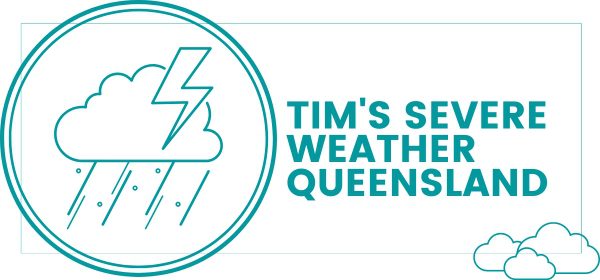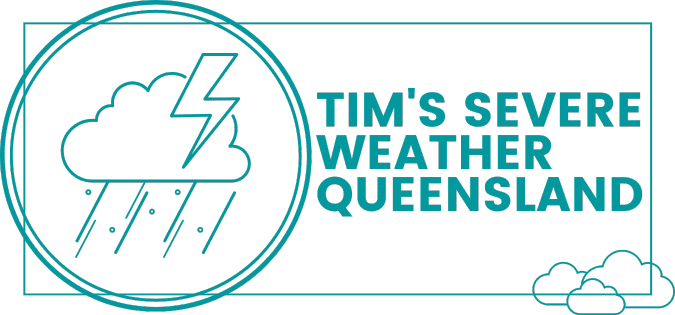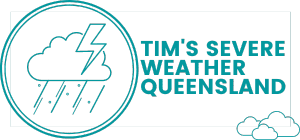Cyclones & Low Pressure Systems
Other Weather Tools
What Are Tropical Cyclone & Low Forecast Track & Probabilities Maps?
Introduction
Tropical cyclones are powerful, rotating storms that form over warm ocean waters. They are characterized by low atmospheric pressure, strong winds, and heavy rain. These storms can cause significant damage to coastal areas and are closely monitored by meteorological agencies. Tropical cyclone track maps and low forecast track & probabilities maps are essential tools used by meteorologists to track the path and intensity of these storms. In this article, we will explore what these maps are, how they are used, and their significance for residents of Queensland, Australia.
Understanding Tropical Cyclone Track Maps
Tropical cyclone track maps, also known as tropical cyclone charts, display the projected path and development of tropical cyclones in a specific region, such as Queensland. These maps use various symbols and colors to indicate the location, intensity, and forecasted track of a cyclone.
The maps also categorize tropical cyclones into five categories based on their expected wind speeds and potential damage for each category. These categories range from Category 1 (weakest) to Category 5 (strongest).
Understanding Low Forecast Track & Probabilities Maps
Low forecast track & probabilities maps show the chance of a tropical cyclone affecting different areas of Queensland. These maps take into account various climate influences like sea surface temperatures and climate models to project the development and movement of tropical cyclones. They help meteorologists predict the likelihood and potential impacts of tropical cyclones over the next 7 days.
Why Are These Maps Important?
These maps are crucial for residents of Queensland as they provide valuable information about potential tropical cyclone threats. By staying informed about the projected path and intensity of a cyclone, residents can take necessary precautions and prepare for severe weather conditions. These maps also help emergency services and government agencies plan and coordinate their response to cyclone events, ensuring the safety and well-being of the community.
FAQ
Q: How often are tropical cyclone track maps updated?
A: Tropical cyclone track maps are typically updated every few hours or as new data becomes available.
Q: Can tropical cyclone track maps predict the exact path of a cyclone?
A: While track maps provide a forecasted path, the actual path of a cyclone can vary due to various factors such as wind patterns and atmospheric conditions.
Q: How can I stay updated with the latest tropical cyclone information?
A: You can stay updated by regularly checking the Bureau of Meteorology’s website or tuning in to local weather reports.
Q: What should I do to prepare for a tropical cyclone?
A: It’s important to have an emergency plan in place, stock up on essential supplies, and secure your property to minimize damage.
Q: What are the different categories of tropical cyclones?
A: Tropical cyclones are categorized from Category 1 (weakest) to Category 5 (strongest) based on their wind speeds and potential damage.
Q: Are there any specific areas in Queensland that are more prone to tropical cyclones?
A: Coastal areas of Queensland, especially in the north, are more prone to tropical cyclones.
Q: How are tropical cyclone names determined?
A: Tropical cyclone names are determined by the World Meteorological Organization and are selected from a list of names that rotate every few years.
Q: What should I do during a tropical cyclone?
A: Stay indoors, away from windows, and follow advice from emergency services.
Advice & Actionable Tips
- Stay informed: Keep an eye on the latest updates from meteorological agencies.
- Prepare an emergency kit: Stock up on essential supplies like food, water, and medications.
- Secure your property: Clear gutters, trim trees, and secure loose objects to minimize damage.
🌐Article Sources & Resources
- Farmonlineweather – QLD Tropical Cyclone Track Map
- Bureau of Meteorology – Tropical Cyclones
- Ausstormscience – Tropical Cyclones
- Weatherzone – Australian Tropical Cyclone Track Map
- Bureau of Meteorology – Tropical Cyclone Warning Services
- Bureau of Meteorology – Previous Cyclones – Cyclone tracks – Southern Hemisphere
- Weatherzone – How to Read a Cyclone Track Map


